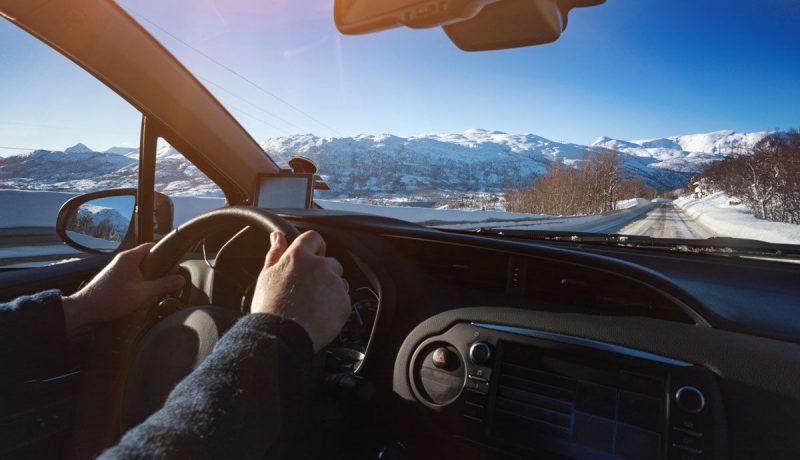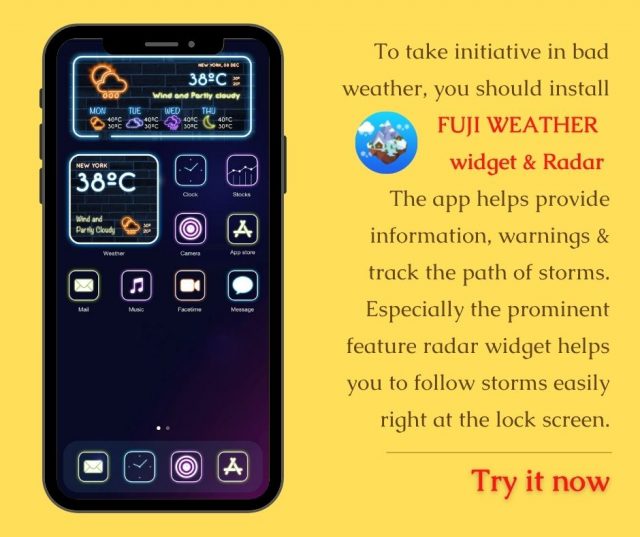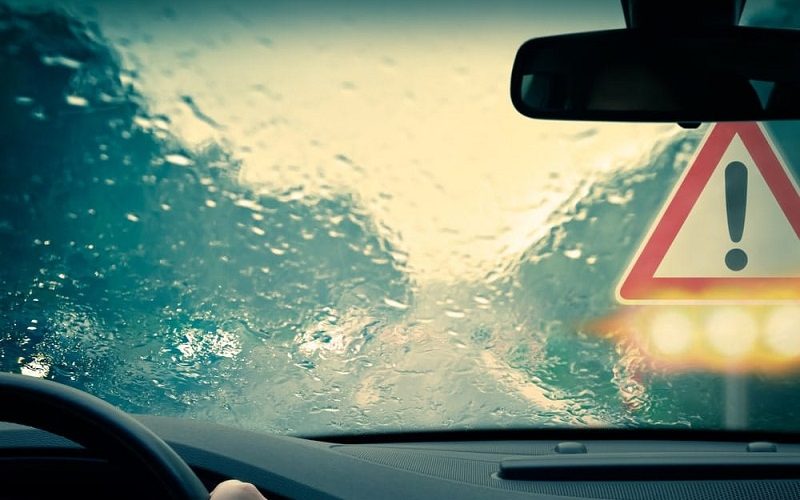With winter the weather conditions worsen. Storms, floods, and even the first snowfall of the year can take you by surprise while driving and make your way home difficult or put your life in danger. It is a priority to have the car ready, with the pertinent revisions passed so that a breakdown does not catch you in the middle of a storm and complicate your trip.
Therefore, it is advisable to check the car from time to time and make sure that the cooling system, the antifreeze levels, the tires, and even the lighting are in good condition. On the other hand, it is necessary that when driving in bad weather you take a series of precautions such as those that we advise you in this article.
Respect the safety distance
The General Directorate of Traffic recommends respecting the safety distance when driving on the road, especially in winter as there is “less visibility and grip”. It is essential when driving in a downpour that does not allow you to see the road properly. In addition, with water or snow on the asphalt, many more meters are needed to brake, so it is advisable to keep a moderate speed and respect the driver in front at all times so as not to hit him if you brake unexpectedly.
Use the long gears
Rain or snow, it is important to change gears smoothly, since if it is done abruptly, the car could skid when the asphalt is flooded. On the other hand, to climb slopes and, above all, in the curves of the road, it is important to use high gears, which will allow you to better control the vehicle.
Respect the speed limits and announcements of the DGT

When it is raining or snowing, you are asked to slow down. For example, when there is snow, the DGT uses a color code to inform drivers at what speed they must travel and which vehicles can or cannot do it or if the road section is closed. This information is usually placed strategically on the Traffic screens. For example, if the green level is used, it means that it is starting to snow and it is forbidden to exceed 100 kilometers per hour on motorways and motorways and 80 km / h on other roads. If the yellow level is passed, trucks are prohibited from circulating and cars and buses cannot exceed 60 km / h. With the red level, only passenger cars with chains or winter tires can circulate at 30 km / h and the black level prohibits driving.
Install chains or winter tires
The snow on the road reduces the adherence of the tires to the road and is very slippery, so Traffic recommends the installation of special devices when the asphalt is covered by a layer of snow. One of the most used instruments for driving on snow are metal chains. In addition, there are also semi-automatic ones, with which you can circulate throughout the winter with the support installed on the rim, the textile covers, easy to mount and the winter tires, highly recommended in areas with abundant rain and with temperatures below 10 degrees.
Travel with the necessary equipment
The General Vehicle Regulation establishes the obligation to carry in the vehicle 2 warning triangles of danger and at least one high visibility reflective vest to get out of the car to place them in the event of an accident or breakdown. In addition, you must carry a spare wheel and chains in case you are going to travel through areas where it snows, places where it is recommended that you carry enough battery in your mobile in case you run out of being able to continue the trip, water and blankets.
Turn off cruise control
It is recommended that you deactivate the cruise control when traveling with your vehicle in adverse conditions, since if aquaplaning occurs (a phenomenon that appears when the wheels do not evacuate the water from the ground and lose grip) it is better to have total control of the car for safety.
Take extreme precautions against slippery leaves
When driving through wooded or vegetated areas, you must be careful with the leaves of the trees that remain on the road. An excess accumulation could cause skidding when braking due to the lack of grip of the tires since after it rains, the leaves accumulate water and are very slippery.
Have your car checked in a workshop
When going on a trip you can take these tips into account, however, anticipating and preventing is the best thing you can do before getting behind the wheel. For this reason, it is best to check your car well before going on a trip and go to a workshop that certifies that the brakes, wheels or engine are in perfect condition. To do this, you can use the Rastreator.com Mechanical Workshop comparator, with which you will quickly and easily find centers that are near you.






